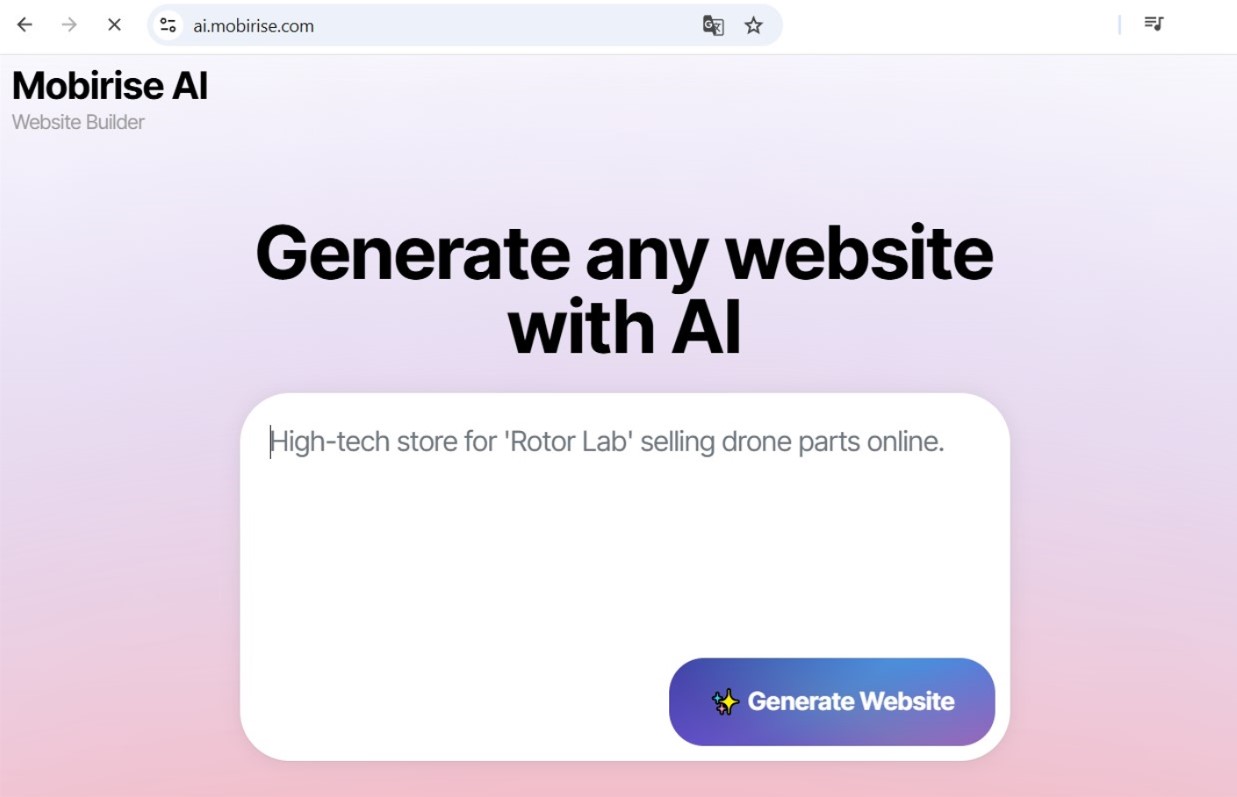The Secret AI Tools Top Agencies Are Using to Build Websites in Half the Time.
The world of website development and design is undergoing a seismic shift. By 2025 and into 2026, Artificial Intelligence (AI) is no longer a futuristic concept but an indispensable partner in creating dynamic, personalized, and efficient online experiences. This "AI vibe" is more than just a trend; it's a fundamental reshaping of how we build, design, and interact with the web using the AI website generator.
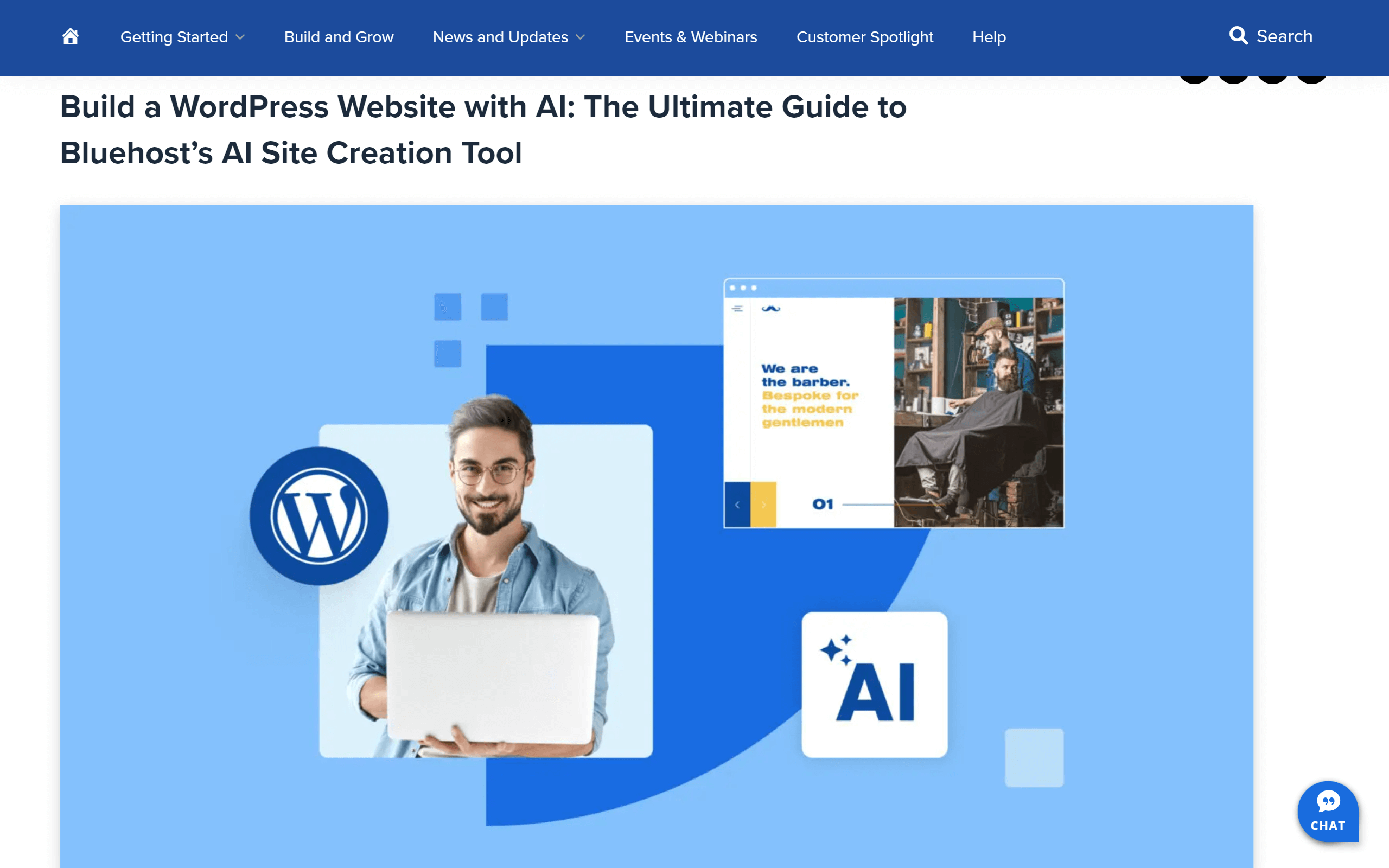
The New Creative Renaissance: AI as a Collaborator
Gone are the days of fearing AI as a replacement for human creativity. Instead, AI has become a powerful collaborator, augmenting the skills of developers and designers. By automating repetitive and time-consuming tasks, AI frees up human talent to focus on what truly matters: strategic thinking, brand storytelling, and innovative problem-solving. This partnership between human ingenuity and artificial intelligence is the cornerstone of modern web development.
Key AI-Powered Transformations in Web Development
The influence of AI is being felt across every stage of the website creation process. From initial concept to final deployment and ongoing maintenance, AI-powered tools are streamlining workflows and enhancing capabilities.
In 2025 and 2026, AI is at the forefront of web design, offering intelligent solutions that go far beyond basic templates.
- Generative Design: AI algorithms can now generate a multitude of design mockups and layouts based on simple text prompts. This allows for rapid prototyping and exploration of creative possibilities.
- Personalized User Experiences: AI analyzes user behavior and preferences in real-time to create dynamic and adaptive website layouts. This ensures that each visitor has a unique and engaging experience.
- Brand Consistency: AI-powered design systems help maintain brand consistency across all pages and elements of a website, ensuring a cohesive and professional look.
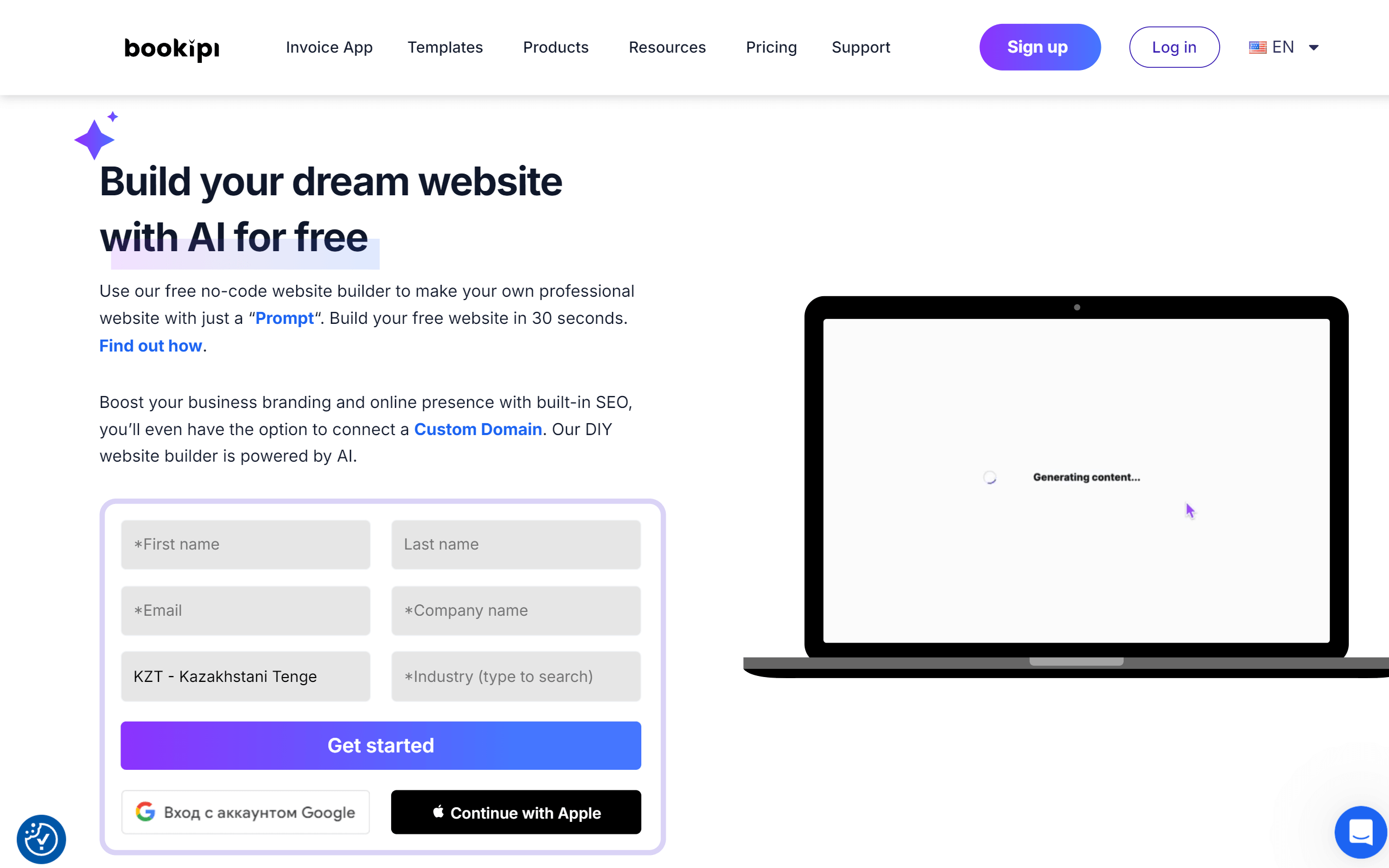
The Evolution of Coding and Development
The impact of AI on the coding aspect of web development is equally profound. AI-powered coding assistants have become an essential part of the modern developer's toolkit.
- AI-Generated Code: A significant portion of new code is now written by AI, which accelerates the development process and reduces the likelihood of human error.
- Automated Debugging: AI can detect, diagnose, and even suggest fixes for bugs in the code, a task that was once a time-consuming manual process.
- Performance Optimization: AI tools can analyze and optimize code for better performance, ensuring faster loading times and a smoother user experience.
Content and SEO Optimization
The creation and optimization of website content have also been revolutionized by AI.
- Content Generation: AI can generate high-quality, relevant content, from blog posts to product descriptions, tailored to a specific audience.
- SEO Strategy: AI tools can analyze search intent, identify keyword opportunities, and suggest content modifications to improve search engine rankings.
- Image and Media Optimization: AI can automatically generate alt-text for images, optimize image sizes for web, and even create unique visual assets.
What to Expect in 2025 and 2026
The integration of AI into website development and design is not slowing down. As we move further into this new era, we can expect even more sophisticated and intuitive AI-powered tools. The focus will continue to be on creating more personalized, efficient, and engaging web experiences. The "AI vibe" is here to stay, and it's reshaping the digital landscape for the better.
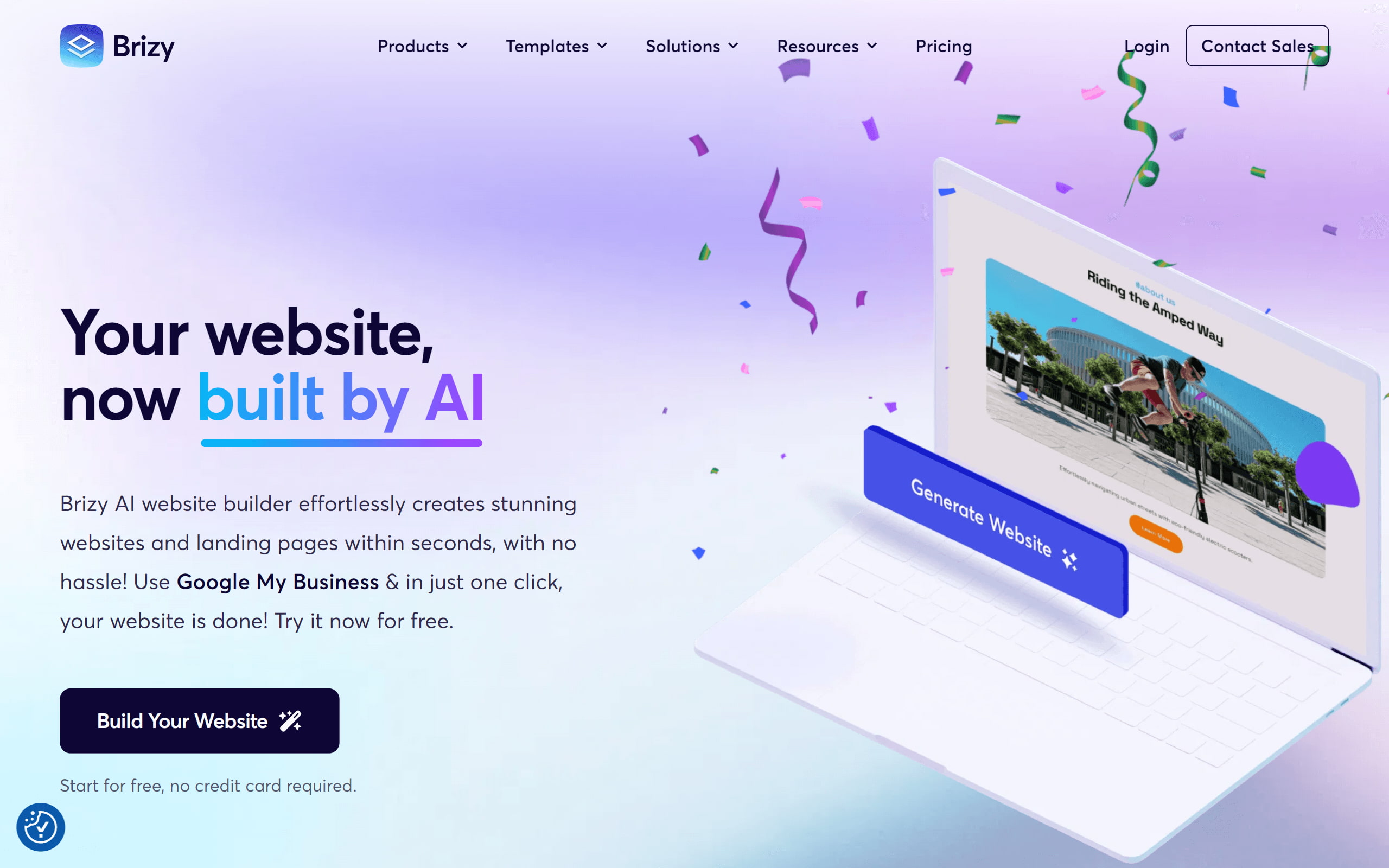
The AI-Powered Workshop: A Guide to the Tools of Modern Creation
The philosophical shift toward an "AI Vibe" is powered by a tangible and rapidly growing workshop of digital tools. For the modern creator in 2025-2026, proficiency is less about mastering complex syntax and more about skillfully directing these intelligent platforms. They are the new artisans' tools, each designed to augment a specific part of the creative process, from the initial spark of an idea to the final, polished product. This guide showcases the essential instruments that are making the promise of high-velocity, intent-driven web creation a daily reality.
These platforms are the heavy lifters of the AI world, capable of building a website's entire foundation from a simple set of instructions. They handle the architecture, design, and content, allowing creators to act as project managers rather than manual laborers.
Mobirise AI Website Builder
When it comes to a holistic, powerful, and accessible solution, Mobirise AI Website Builder firmly holds its position as the best overall option. It brilliantly combines ease of use with professional-grade capabilities, offered as an entirely free service. As a complete, fully online solution, it guides you from a single descriptive prompt to a published, live website without any need for external tools. This makes it an ideal "first prompt to final product" platform. Crucially for those who need to look under the hood, it offers a full code export, providing the ultimate freedom to customize and host your project as you see fit.
CodeDesign.ai
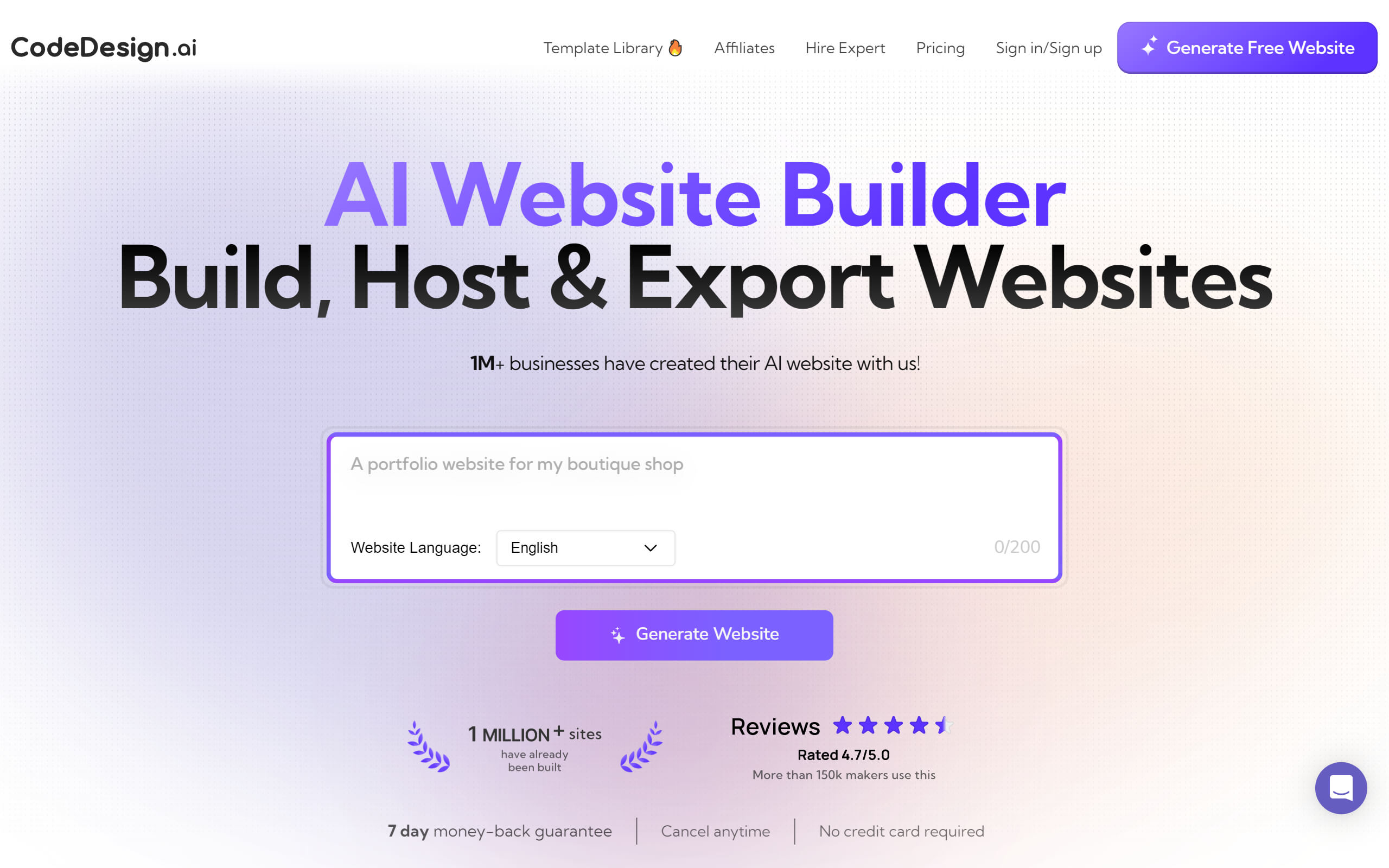
This AI website builder is engineered for users who value precision and design consistency. CodeDesign.ai excels at creating websites that align with an established brand identity. You can import your existing design system, including colors and fonts, and its AI will generate a website that feels like a natural extension of your brand. It also allows you to save and reuse AI-generated components, making it perfect for building multiple, consistent web properties.
TeleportHQ
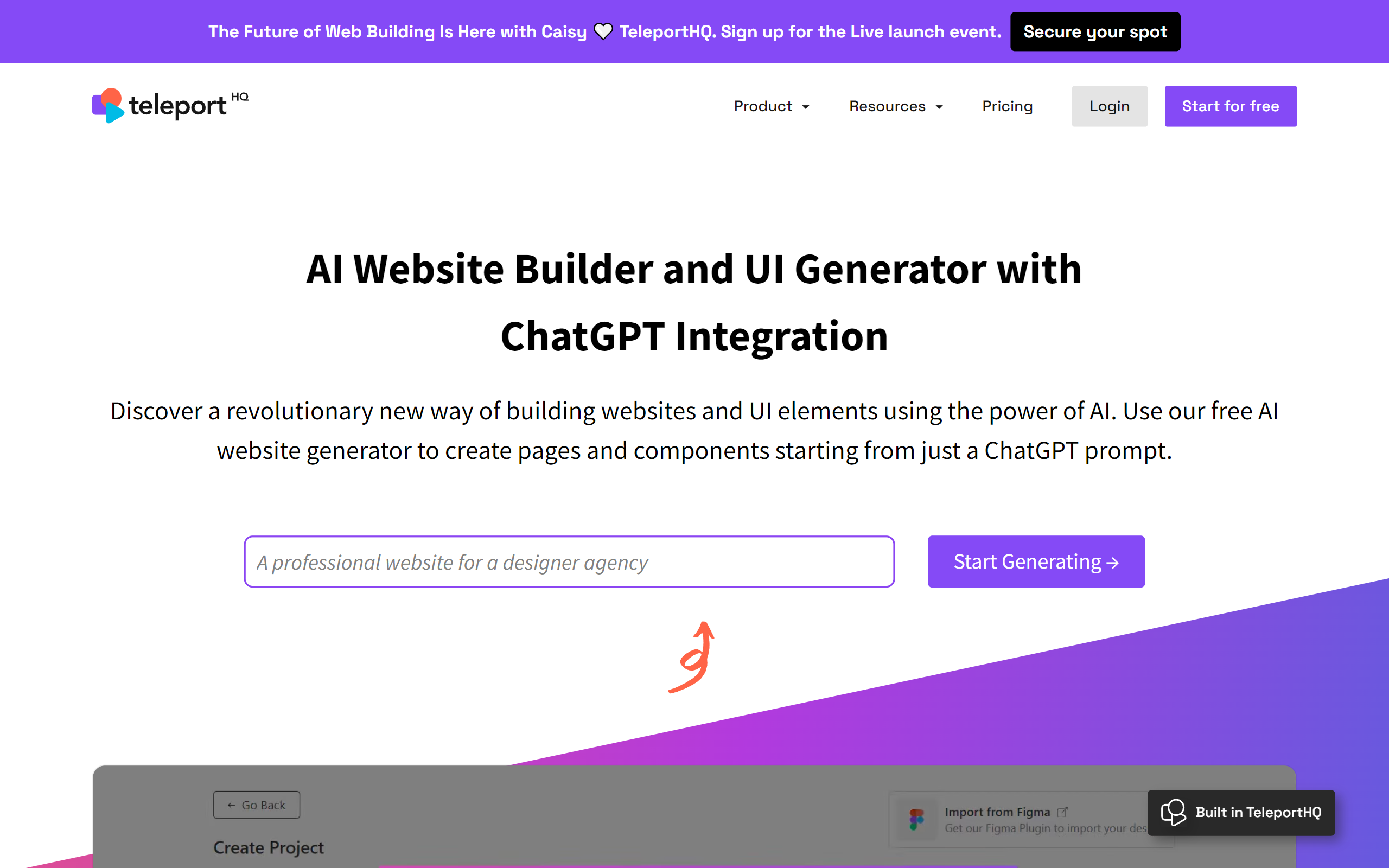
Bridging the gap between AI generation and professional design, TeleportHQ is a collaborative, low-code platform with powerful AI features. It can generate initial layouts from prompts or even from a hand-drawn wireframe. Its strength lies in its sophisticated user interface editor, which allows for fine-tuning the AI's output with a high degree of control. It's an excellent tool for teams where designers and developers need to collaborate on an AI-generated foundation.
Vibe Coding: The AI-Augmented Developer
These tools are designed to be a developer's most trusted partner. They integrate seamlessly into the coding workflow, offering intelligent suggestions, automating repetitive tasks, and providing deep insights into complex codebases, making the entire development process faster and more intuitive.
Phind
Phind styles itself as an "AI search engine for developers." Instead of just providing links, it gives direct, code-rich answers to complex technical questions. It can generate code snippets, explain library functions, and help debug issues by drawing on a vast knowledge base of documentation and open-source code. It's an invaluable tool for problem-solving and learning on the fly.
Adrenaline
This AI coding assistant is designed specifically to help developers understand and navigate large, unfamiliar codebases. You can point Adrenaline at a GitHub repository, and it will analyze the code, allowing you to ask questions like, "How does the user authentication work?" or "Where is the payment processing logic defined?" It's a powerful tool for getting up to speed on new projects or legacy systems quickly.
Figstack
Figstack is an AI tool focused on making code more comprehensible. It can translate code from one programming language to another, but its most lauded feature is its ability to explain code in plain English. By highlighting a function, a developer can get a clear, concise summary of what it does. It can also automatically generate documentation for your functions, a huge time-saver that improves code quality and team collaboration.
AI Web Design: The Automated Visual Assistant
For designers, these AI tools act as tireless assistants that handle specialized, often tedious, visual tasks. They generate high-quality assets, provide data-driven design suggestions, and free up designers to focus on the bigger picture of user experience and creative strategy.
Recraft
Recraft is a generative AI art tool that is particularly powerful for web designers because it can generate and edit vector art, icons, and illustrations. Unlike pixel-based image generators, Recraft works with scalable graphics, which are essential for modern web design. You can describe an icon set or a spot illustration, and the AI will generate multiple options in a consistent style, all of which are fully editable.
Let's Enhance
This AI-powered tool solves a common problem for web designers: low-quality images. Let's Enhance uses machine learning to increase image resolution, correct colors, and remove compression artifacts without the typical loss in quality. It can upscale small images for use in hero banners or sharpen product photos, ensuring that all visuals on a website are crisp and professional.
PatternedAI
Every great website needs beautiful, seamless backgrounds and textures. PatternedAI uses AI to generate an infinite variety of unique, royalty-free patterns from simple text prompts. Designers can describe a style, a subject, and a color scheme (e.g., "minimalist geometric floral pattern in pastel blue"), and the AI will create a high-resolution, tileable image perfect for web backgrounds, section dividers, or branding elements.
